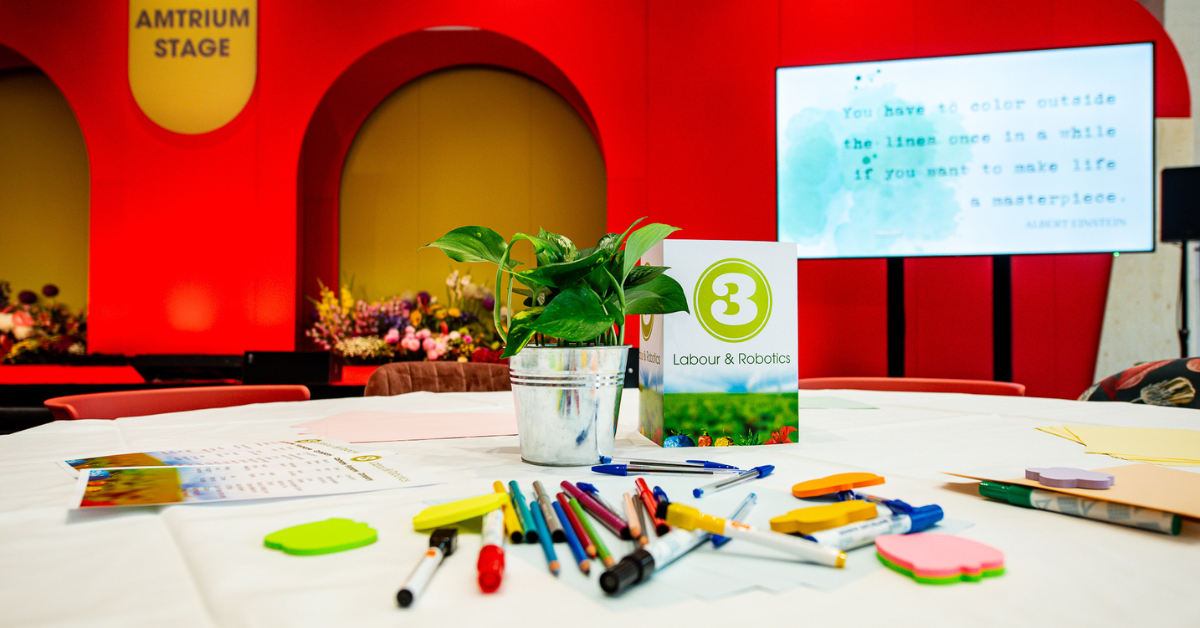Robots in the greenhouse: vegetables of the future
He stares blankly into the distance while lifting a fragile lettuce plant with extreme precision. Next to him another colleague lifts a pallet with 400 kilos of seed stock and moves it 3 meters with ease. The robots that look more like solariums than the robots we know from science fiction movies are the breeders of the future.
It is not a quick process in San Carlos, it is rather slow. However, Brandon Alexander has all faith in his startup Iron Ox. The key to new developments is: a greenhouse where the human is not necessary. A robot who cultivates lettuce, basil and other vegetables is not only much cheaper than human labor, but also economical regarding space and water on the edge of the cities.
Iron Ox, as the company of Alexander is named, is ready after an investment of six million and two years of working on the self-operating robots. If it is up to Alexander, the vegetables cultivated by robots will soon be prepared in America. “And it will be the best vegetables that you have ever tasted”, says the 33 years old farmer’s son from Oklahoma, who has become the CEO of his own company after building drones for Google.
A week old lettuce
The products of Iron Ox should be more fresh than the consumers eat in the American cities. The majority of vegetables and fruit is currently cultivated in California, Arizona and Mexico or they import is from abroad. Many Americans eat a lettuce which is a week old and from Alexander’s vision, this should change. The heavy work is been done by Angus, despite his measures, he can drive carefully among the planters. His nameless friend, a robot arm which is provided with two cameras as eyes and mechanical hands, performs the seeding and picks up the growing plants to pot them into more spacious pots. A plant has the exact amount of space that it needs. Artificial intelligence ensures that the ill plants are recognized and removed before the disease is spread.
Robot keeps the plant healthy
“Robots cannot only relocate the plants efficiently”. Says co-founder Jon Binney to CNBC. “They also look after the plants to make sure they do not get ill.” A certain amount of workers cannot be persuaded anymore for the low-paid manual job which robots can perform without complaints about the time-consuming process. The only job that still needs human labor is cutting the harvested vegetables, however Alexander is working on a third robot that will also perform this job in the future. Alexander does not expect to book much profit for the time being with his robotic cultivated lettuce leaves. The harvest of the 750 square meter of Iron Ox in San Carlos, California is not sold yet. However, it is under negotiation with restaurants and supermarkets in the area of San Francisco but it has not resulted in a deal yet. In the beginning, Alexanders is even willing to sell his vegetables at a loss.
Solution of the food problem
The classification of San Carlos is mainly an indicator for the long-term plans of Iron Ox. The ultimate goal is to build a robot farm with greenhouses that run on sunlight and only use a small amount of artificial light, and preferably even LED light. A hydro system that uses no soil but supplies nutrients dissolved in water is extremely efficient with raw materials and the required space.
Iron Ox's approach therefore also offers a possible solution for the food supply to the ever-expanding world population. The World Resource Institute estimates that around 10 billion people around the world will be around 2050. In order to meet that food demand, Alexander's 'baby' will have to make a big step from laboratory measure to a greenhouse measure. In any case, it is not on the robots.
Alexander: “People can be fed with robots, what is more effective than that?” Eventually the greenhouses of Iron Ox greenhouses must deliver products that are just as cheap as traditional agriculture. Without the intervention of pesticides and genetically manipulated. “
The advantage of robots is not only that they never get tired, they also do not complain about the hours they have to work”, says Binney. “As long as they are charged, they continue”.
Source: This article was published in Dutch by AD.nl on 5-10-2018
https://www.ad.nl/koken-en-eten/robots-in-de-kas-aan-groente-van-de-toekomst-komt-geen-mens-te-pas~ad346db4/
Share your horticulture technology stories with us
Do you have an innovation, research results or an other interesting topic you would like to share with the international horticulture technology industry? The GreenTech website and social media channels are a great platform to showcase your stories!
Please contact our Brand Marketing Manager Murkje Koopmans.
Are you an GreenTech exhibitor?
Make sure you add your latest press releases to your Company Profile in the Exhibitor Portal for free exposure.


.png?h=628&iar=0&w=1200)





